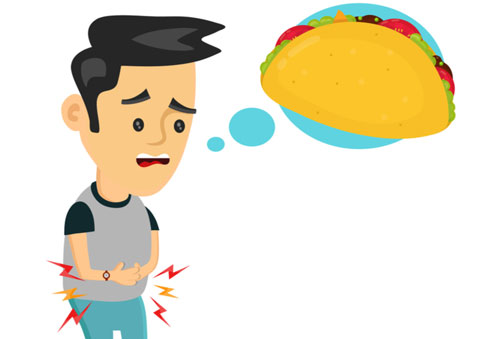People eat when they’re hungry and stop when they’re full, right? Not always. It’s easy to eat when you’re stressed, happy, or sad. Outside influences can affect your eating choices too. Something tastes good or smells good, so you keep eating.
Certain eating behaviors—such as eating too fast or ignoring fullness cues—are linked to failing military body composition standards. Eating while distracted and experiencing extreme hunger prior to meals is linked to failing military physical fitness standards as well. Learn how to recognize your own hunger and fullness cues to help meet your weight, performance, and fitness goals.
It takes practice to recognize your signs of hunger, satisfaction, and fullness. How tuned in to your hunger are you?

Ask yourself the following questions and use the Hunger Scale to rate your answers from 1 to 10.
- How do you know when you’re hungry (cranky, tummy grumbling, headache, etc.)?
- How can you tell when you’re satisfied? Is it an internal feeling or external (empty plate, carton, bag, etc.)?
- What’s your hunger at right now?
- Do you ever eat until you’re at a 9 or 10? If so, how do you feel?
- What happens when you wait to eat—and you’re at a 1, 2, or 3?
Take HPRC’s Hunger Challenge for 7 days!
Before and after each meal (or snack), check in to see where you are on the Hunger Scale. Tip: Use an app or paper diary to track your results.
At the end of the week, ask yourself:
- What did you learn about your eating patterns?
- When did you notice your own cues for hunger and fullness?
- How can you change your eating habits to balance hunger and fullness?






